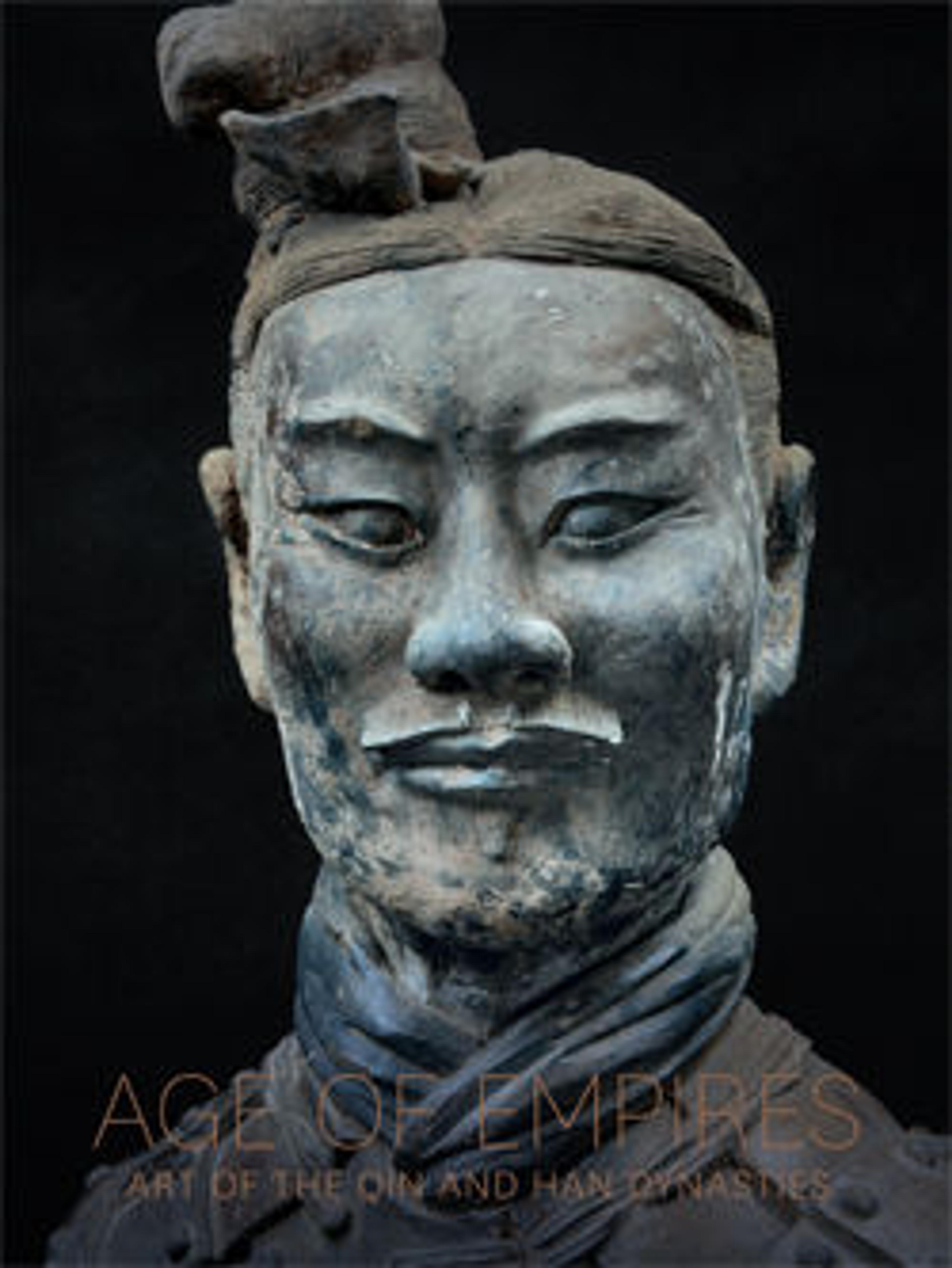Inscriptions from the Stele of Mount Yi
In 219 B.C., on the first of many inspection tours of his vast empire, the First Emperor of Qin visited Mount Yi. He ordered that a stele be erected there, and calligraphed with a text in the newly standardized script. The text praises the emperor for bringing peace to the world by defeating Qin’s six rival states and unifying them under his rule. Although the stele was destroyed by fire during the Tang dynasty (618–907), the inscription was passed down by scholars; the present rubbings were taken from a stele that dates from the tenth century A.D. While the calligraphic style is of that era, the balanced structure and relatively uniform size of the characters derive from the seal script established by the Qin, echoing the glorious tradition of this mighty but short-lived state.
Artwork Details
- 現代 徐鉉 宋摹秦嶧山碑 拓本
- Title: Inscriptions from the Stele of Mount Yi
- Calligrapher: After Xu Xuan (Chinese, 916–991)
- Date: date of stele: Song dynasty (960–1279)
- Culture: China
- Medium: Modern rubbings; ink on paper
- Dimensions: Image (a): 60 × 31 1/4 in. (152.4 × 79.4 cm)
Image (b): 60 3/4 × 28 5/8 in. (154.3 × 72.7 cm) - Classification: Rubbing
- Credit Line: Seymour and Rogers Funds, 1977
- Object Number: 1977.375.7a, b
- Curatorial Department: Asian Art
More Artwork
Research Resources
The Met provides unparalleled resources for research and welcomes an international community of students and scholars. The Met's Open Access API is where creators and researchers can connect to the The Met collection. Open Access data and public domain images are available for unrestricted commercial and noncommercial use without permission or fee.
To request images under copyright and other restrictions, please use this Image Request form.
Feedback
We continue to research and examine historical and cultural context for objects in The Met collection. If you have comments or questions about this object record, please contact us using the form below. The Museum looks forward to receiving your comments.
